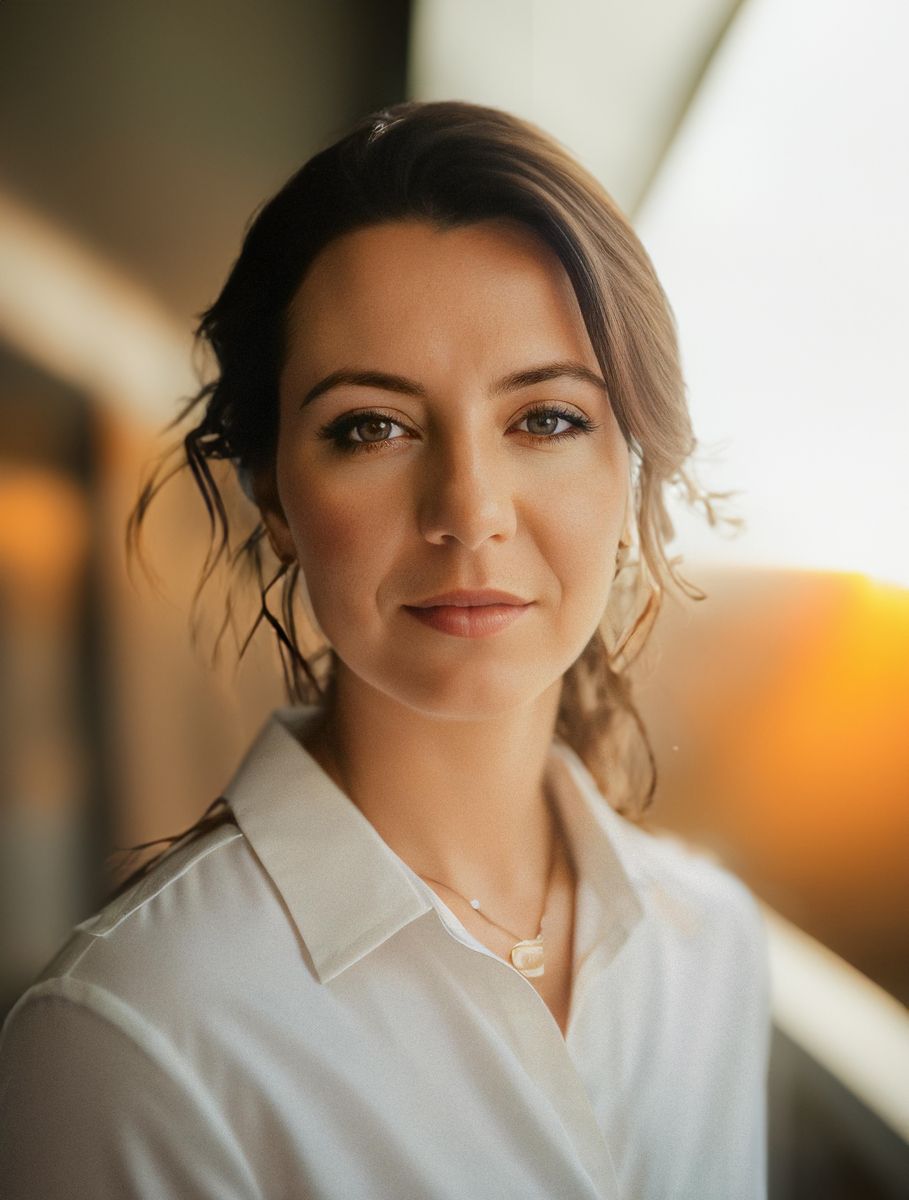
Hey everyone!
It’s me, Dana - your LinkedIn data fellow, who tries to share valuable LinkedIn insights with you.
Last week, we talked about defining your ideal audience. Today, we will discuss how this helps you with your content strategy.
Let’s recap:
Your ideal audience is a group of people with a certain type of problem that you’re well suited to solve.
(If you’re willing to solve it, even better. If they’re willing to pay you for it, it’s best.)
In order to solve a problem for your audience, you need to know everything about the problem: what causes it, how it makes people feel, and how to solve it (easy and fast). If you have that narrowed down, you’re 70% ready to go. The rest is time and effort. And some good copywriting.
The problems you solve = the main aspect of your content strategy.
What other aspects are there?
I’m sure there are a million definitions of content strategy. I have my own, though.
A content strategy encompasses:
The type of content you post
The frequency of posting
Your engagement strategy
Your DM and connection request strategy
How much time you spend on LinkedIn
We’ve got the first bullet point down: your content is people’s problems and pain points. As simple as that.
Frequency of posting is a topic that ruffles some feathers. I’m afraid I don’t have good news on that front - posting every day has proven to be the most effective way to get your face into people’s feeds as quickly and smoothly as possible. LinkedIn’s algorithm is a fickle beast, and a few days of absence cost a lot in terms of visibility.
The engagement strategy is admittedly as important as the content you post. Content is for building authority, engagement is for building relationships. No one can do it on their own in this competitive market - you need the support of your fellow creators to get visibility, and they need yours too. Engagement is also the best way to add personality to your online presence; without this aspect, you’re just another hustler.
I have 1 great example for you:
There’s this guy on LinkedIn, let’s call him Dave. Dave’s content is very valuable and well crafted, and the problems he solves are highly relevant to me (business automation). I also saw how I could help him with certain things on LinkedIn, so I engaged with his content for a month to build a relationship and see whether we could collaborate. He never replied to any of my comments, nor did he engage with my posts (and Dave is a small creator, btw, so he does need the support). What’s the likelihood I’ll ever buy from Dave? You guessed it, close to 0. Dave didn’t get the message that posting isn’t enough.
The DM and connection request strategy is the next logical step after the engagement strategy. Engagement is the gateway to DMs. And DMs are where the real LinkedIn magic happens. Why? Because DMs lead to calls. And once you’ve been on a call with someone, the relationship changes dramatically:
They’re not just another avatar in the thread anymore - they become a real person. And so do you. I can’t emphasize enough how important calls are. If you want to follow just one piece of advice from this newsletter, make it this one: do as many social calls as your calendar allows you. This is the kind of time investment you’ll never regret making.
Calls = relationships.
Regarding the connection requests, all you gotta do is add a note to the request and make it as personalized as you can. I wrote an entire post on this; you can find it here.
How much time you spend on LinkedIn is a real issue for many creators. Often, it feels like the platform sucks up your time, and the ROI is not tangible at all. The only way to circumvent this is to have clear systems for every aspect of the content strategy. Your moves need to be premeditated and carefully thought through.
In this issue, we narrowed the “what” of content strategy. But the question of the “how” still remains. Which will be next week’s topic 🙂
I hope this was a helpful read! See you all next week!
Dana
P.S. If I wasted your time with this newsletter, please unsubscribe. And then tell me on LinkedIn why you did. I want to improve.

Insights, Not Hype
